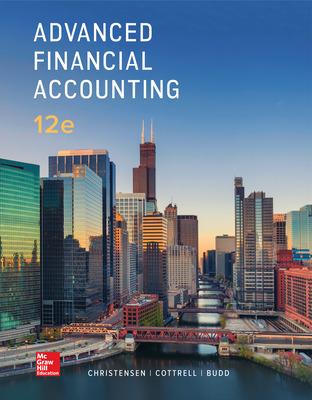An investor uses the equity method to account for an investment in common stock. Assume that (1)
Question:
An investor uses the equity method to account for an investment in common stock. Assume that (1) the investor owns less than 50 percent of the outstanding common stock of the investee, (2) the investee company reports net income and declares dividends during the year, (3) the fair value of the investee’s stock is unchanged during the year, and (4) the investee’s net income is more than the dividends it declares. How would the investor’s investment in the common stock of the investee company under the equity method differ at year-end from what it would have been if the investor had carried the investment at fair value?
a. The balance under the equity method is higher than it would have been if the investment was carried at fair value.
b. The balance under the equity method is lower than it would have been if the investment was carried at fair value.
c. The balance under the equity method is higher than it would have been if the investment was carried at fair value, but only if the investee company actually paid the dividends before year-end.
d. The balance under the equity method is lower than it would have been if the investment was carried at fair value, but only if the investee company actually paid the dividends before year-end.
Step by Step Answer:

Advanced Financial Accounting
ISBN: 9781260165111
12th Edition
Authors: Theodore Christensen, David Cottrell, Cassy Budd





